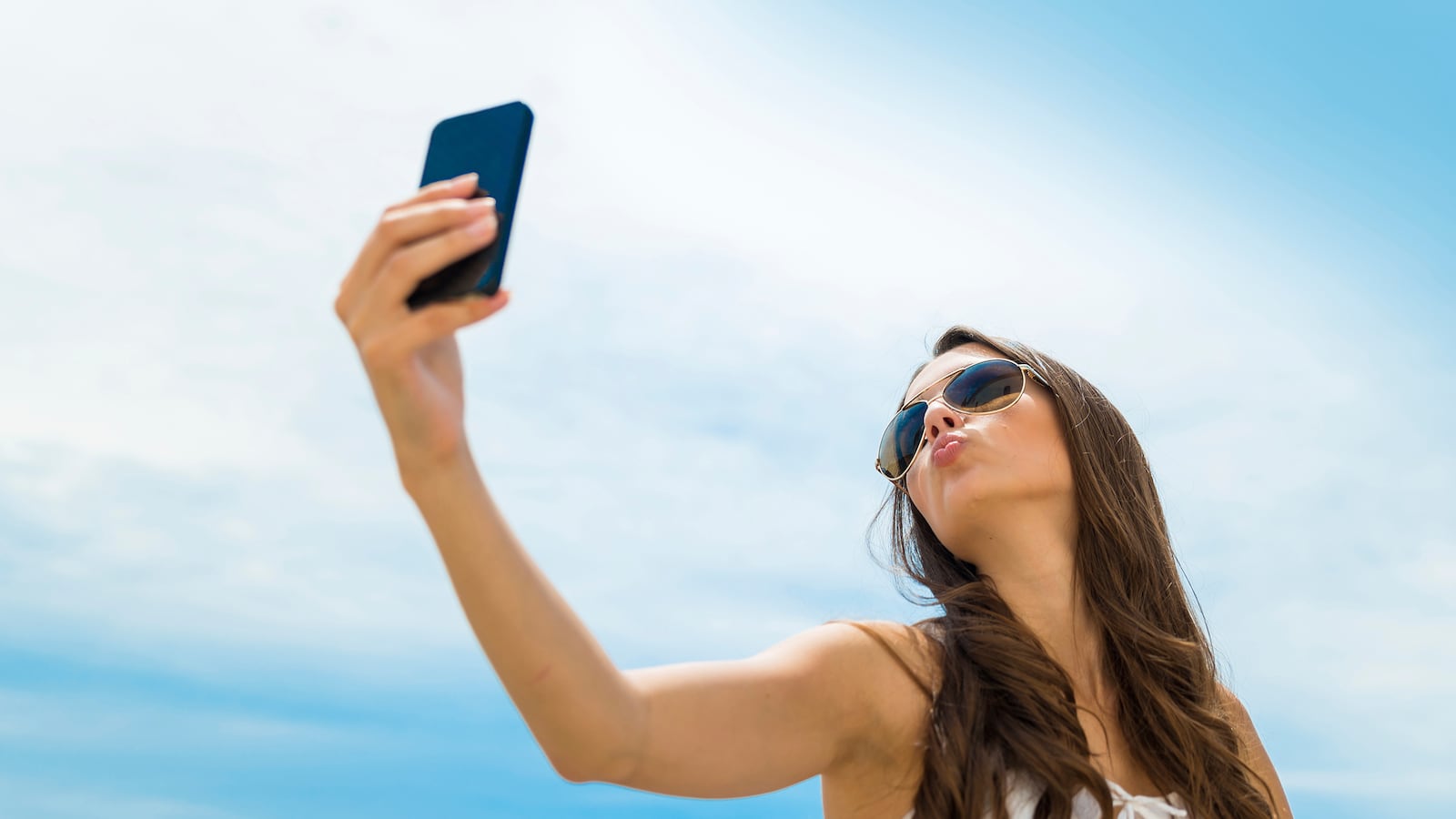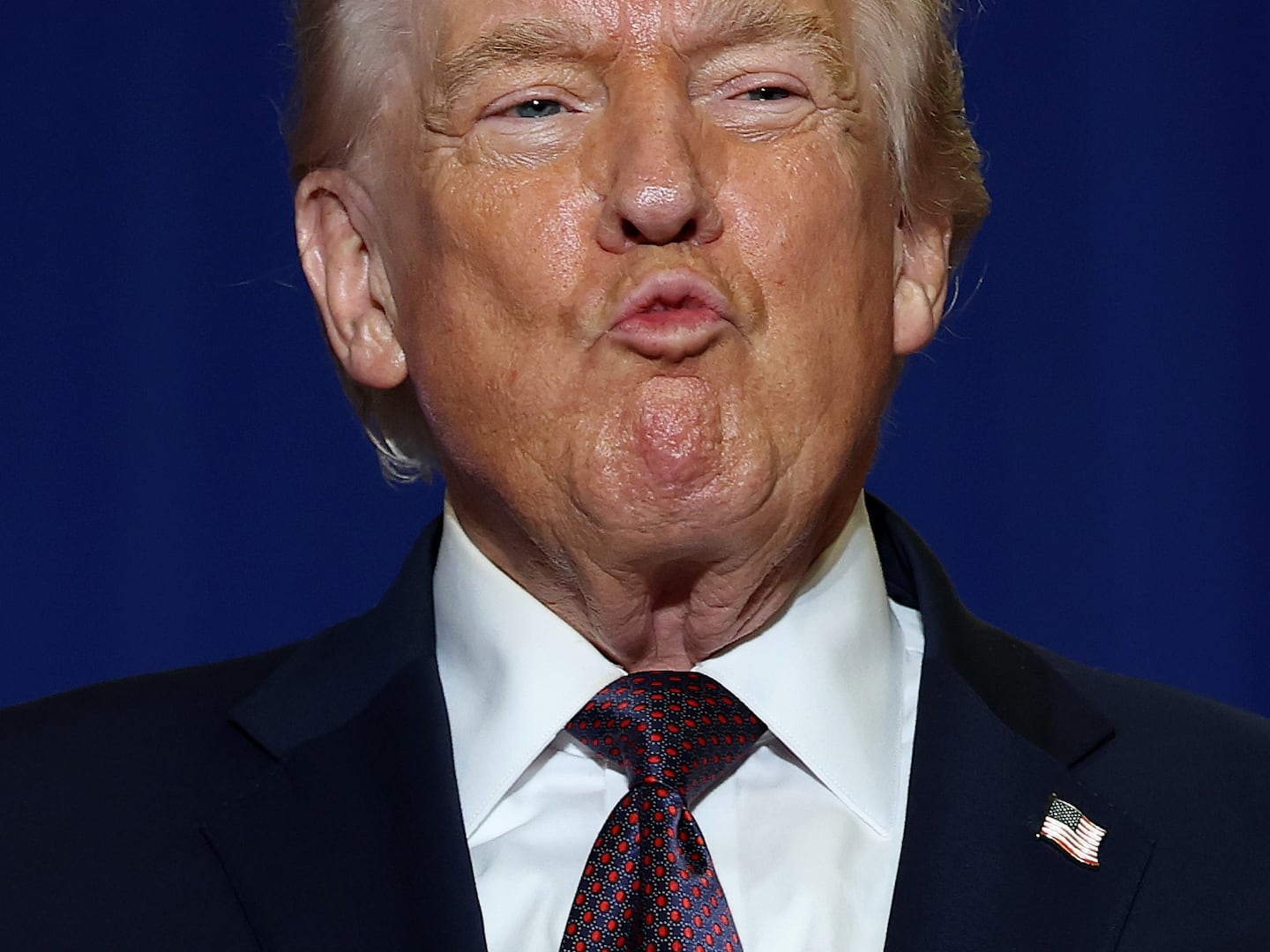Since last week, a lot of people have sworn never to take another selfie because they feared for their lives. Just kidding. We don’t think that is really happening but judging from the amount of attention received by a news item claiming that selfies have killed more people this year than sharks, one might deduce that the selfies phenomenon has finally been quashed.
The data behind the news consist of eight reports of fatal shark attacks and 12 reports of deaths occurring while taking selfies. Headline writers then used their creative license to proclaim that “selfies are deadlier than sharks.” Rupert Murdoch’s News Corp, went as far as to say “You are now at more risk of dying while taking a selfie than being killed by a shark.”
If we interpret “risk” literally, then for every million selfie exposures, we expect to find more dead people than for every million shark encounters. Stating it that way would let all the air out of the bubble. Precisely because selfies are such a cultural phenomenon, we expect a good number of fatalities even if the risk of death is minuscule.
Look at the details of the reported deaths, and you’d notice more problems with the hysteria around lethal smartphones.
Deaths while taking Selfies (January–September 2015)
1. South African woman fell off a cliff while male companion was setting up a tripod in order to take a selfie2. Two Russian men died taking a selfie while playing with a live grenade with the pin pulled3. Three Indian men died taking a selfie running in front of a moving train4. Romanian woman was electrocuted as she posed on top of a train with a friend to take a selfie5. Russian accidentally touched live electrical wires when she climbed on a railway bridge to take a selfie6. Man fell into a crater in Indonesia and died while taking a selfie7. Singaporean tourist fell from a cliff off the coast of Bali while taking a selfie8. Woman plunged 40 feet to her death while hanging from a Moscow bridge and taking a selfie9. Man gored to death in Spain by a bull during the annual bull running festival while taking a selfie10. Japanese tourist fell off the Taj Mahal while taking a selfie and died11. Texan accidentally shot himself in the neck while taking a selfie12. Russian fell to death from a nine-story building while taking a selfie13. Drunk Mexican accidentally shot himself while posing with a gun for a selfie
Several keywords jump at you: cliff, grenade, train, live wires, hanging from bridge, bull running, gun. Are these deaths due to taking selfies, or are they due to people taking unwise risks?
Take a look at the following modified list:
1. South African woman fell off a cliff while male companion was setting up a tripod and breathing2. Two Russian men died while breathing and playing with a live grenade with the pin pulled3. Three Indian men died while breathing and running in front of a moving train4. Romanian woman was electrocuted as she breathed and posed on top of a train with a friend5. Russian accidentally touched live electrical wires and breathed when she climbed on a railway bridge6. Breathing man fell into a crater in Indonesia and died7. Singaporean tourist fell from a cliff off the coast of Bali while breathing8. Woman plunged 40 feet to her death while hanging from a Moscow bridge and breathing9. Breathing man gored to death in Spain by a bull during the annual bull running festival10. Japanese tourist fell off the Taj Mahal while breathing and died11. Texan accidentally shot himself in the neck while breathing12. Russian fell to death from a nine-story building while breathing13. Drunk Mexican accidentally shot himself while posing with a gun and breathing
All we did is replace the phrase about taking a selfie with the word “breathing.” All of a sudden, our perspective changed. Because we don’t know about the selfies, we attribute the deaths to the other dangerous activities. The journalists who told you selfies are deadly did the opposite: They deleted references to the other risky behavior, and blamed all 16 deaths on selfies alone rather than on breathing or, perhaps more reasonably, on playing at the edge of a cliff, playing with firearms, etc.
Analysts can mislead when they focus on only one aspect of a story.
The same problem cropped up in a different context recently, when The New York Times brought attention to an “earnings gender gap at every top university.” For example, men earned on average almost $50,000 more than women 10 years after graduating from Princeton University (or Harvard or Stanford). The data for this analysis came from College Scorecard, a new website created by the federal government after linking college graduates to their reported IRS income 10 years later.
But college is only one of many factors affecting someone’s income 10 years after graduation. What graduate school did one attend? Did one go to medical or business or law school? What industry does one work in? What role within an organization is one working? In what region of the country does one live?
The $50,000 gap lacks face validity, if gender is interpreted as the only cause of the discrepancy. The analyst was likely led to such an analysis because the College Scoreboard data release does not include any of the other key variables. (Indeed, it only provides average incomes, not median incomes, by gender.) So, it would have been impossible to carry out the proper analysis without much more effort.
From selfies to colleges, the published reports completely ignore salient factors of complex issues. When it comes to data, a bad analysis is sometimes worse than no analysis.






